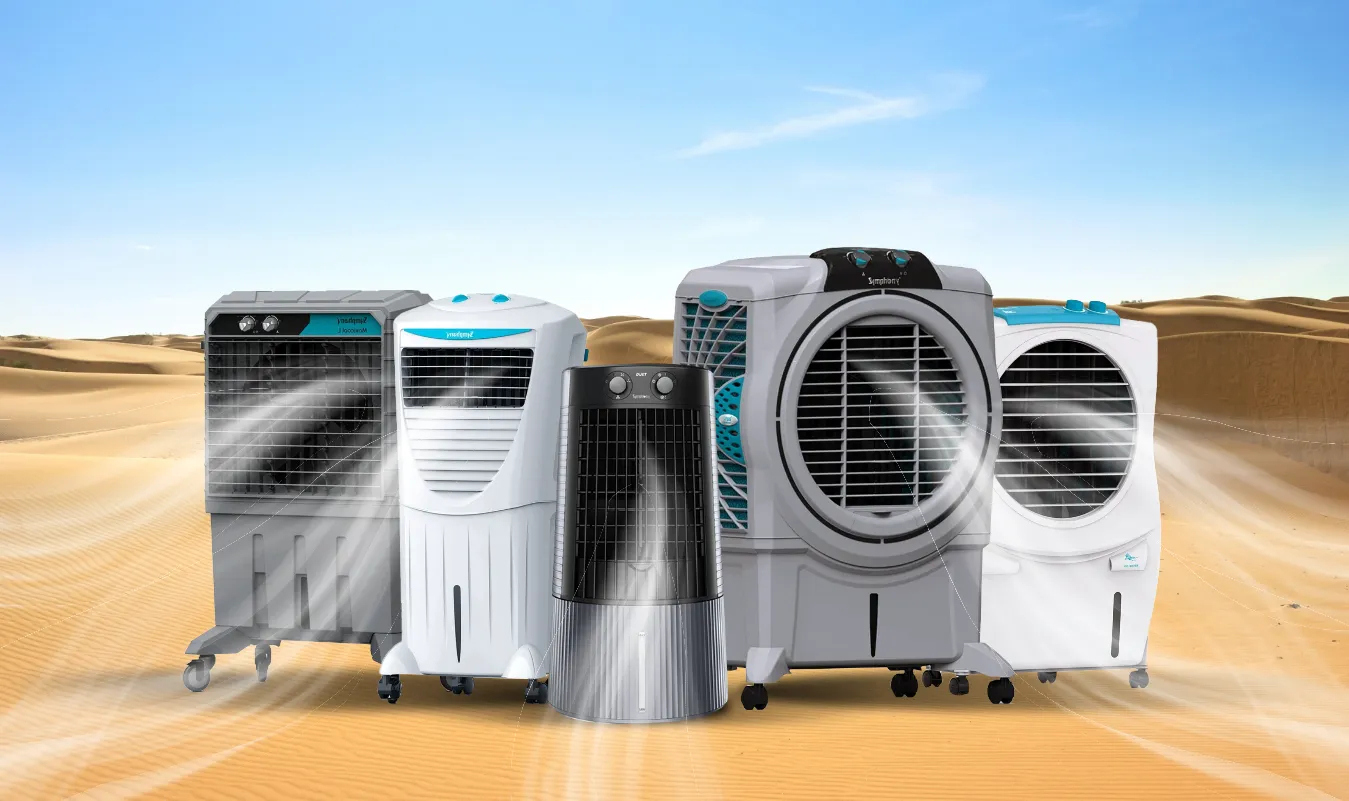Smart Microwave Energy-Saving Tips to Lower Your Electricity Bills

An energy efficient microwave is a valuable kitchen appliance that not only saves cooking time but can also help reduce your electricity bills when used wisely. By understanding how your microwave consumes energy and following simple tips, you can cut down on unnecessary power use and enjoy more savings each month.
Understanding Microwave Energy Usage
Knowing how your microwave uses electricity is the first step to managing energy consumption. Microwaves work by generating electromagnetic waves to heat food directly, which generally uses less power than many other kitchen appliances. However, energy can still be wasted through inefficient use, standby power, or poor maintenance.
How Much Electricity Does a Microwave Use?
- Microwaves typically use between 600 and 1200 watts of power when running, depending on the model and cooking power setting.
- A typical cooking session lasting 5 to 10 minutes consumes less electricity compared to using a conventional oven for the same task.
- Power consumption varies with settings; lower power levels use less electricity but may increase cooking time.
- Microwaves still consume a small amount of standby power when plugged in but not in use, which can add up over time.
Comparing Microwave Energy Use to Other Kitchen Appliances
When compared with other common kitchen appliances, microwaves are generally more efficient in terms of energy use per cooking task:
- A microwave uses about 50% less energy than an electric oven for reheating small meals.
- Microwaves consume significantly less electricity than electric stovetops or toaster ovens for short cooking tasks.
- Unlike slow cookers or pressure cookers, microwaves cook food quickly, reducing overall energy consumption.
- If used correctly, an energy-efficient microwave helps maintain lower electricity bills without limiting cooking options.
Understanding these comparisons highlights how the microwave can be an energy-saving ally in the kitchen, especially for quick heating, defrosting, and simple cooking.
Comparison Table
| Appliance | Power (Watts) | Time (Minutes) | Energy Used (kWh) | Cost (at $0.15/kWh) |
|---|---|---|---|---|
| Microwave | 1000W | 10 | 0.167 kWh | $0.025 |
| Electric Oven | 2000W | 30 | 1.0 kWh | $0.15 |
| Electric Stove | 1500W | 20 | 0.5 kWh | $0.075 |
This shows how microwaves are often the most cost-effective choice for small and quick cooking tasks.
Simple Habits to Save Electricity When Using Your Microwave
Adopting simple habits when using your microwave can lead to significant savings on your electricity bills. Small changes such as managing standby power and choosing the right cookware help reduce wasted energy and boost overall energy efficiency. These straightforward steps make it easier to enjoy the convenience of your microwave without extra cost.
Unplug When Not in Use to Avoid Standby Power Drain
Leaving your microwave plugged in when it’s not in use causes it to consume standby power, sometimes called vampire energy. This is the small amount of electricity the appliance draws just to keep the clock or display running. Although it may seem minimal—usually between 2 to 7 watts—it adds up over time along with other devices in your home.
- Unplugging your microwave when you don’t plan to use it can prevent this constant power drain.
- Use a power strip for your kitchen appliances, so you can switch off multiple devices easily.
- Even though the savings might seem small (around $5 to $10 a year for a microwave), combined with other habits they contribute to cutting down your overall electricity costs.
- Unplugging is especially helpful if you rarely use the clock feature or leave the microwave inactive for long periods.
Prioritizing this habit requires little effort but improves your microwave’s overall energy efficiency and supports lowering your monthly electricity bills.

Use Microwave-Safe Cookware and Proper Food Arrangement
Choosing the right cookware and arranging food correctly inside your microwave also impacts how much power it uses during cooking. Some materials conduct heat better, which makes cooking faster and more even.
- Use microwave-safe glass, ceramic, or specially designed microwave-safe plastic containers instead of metal bowls or foil, which are unsafe and inefficient.
- Avoid overcrowding; arrange food evenly and leave space so microwaves can circulate freely, promoting quicker, more efficient heating.
- Cutting food into smaller, uniform pieces heats food more evenly and reduces cooking time, lowering power consumption.
- Cover food with a microwave-safe lid or wrap to trap steam and heat, helping reduce cooking time and preventing mess inside the oven.
These habits ensure your microwave works at its best, improving energy efficiency and saving electricity without affecting your cooking quality.
Cooking Tips for Energy Efficiency
Making smart choices about how you cook with your microwave maximizes energy savings. By adjusting power levels and using precise cooking times, you help the microwave operate efficiently, reducing wasted electricity while keeping your food delicious.
Use the Right Power Levels for Each Food Type
Not all food requires maximum power to cook well. Using the correct power level suited for the type of food helps you avoid unnecessary energy waste.
- High power (usually 100%) is best for boiling liquids or cooking dense foods quickly.
- Medium or low power settings are suitable for defrosting, softening butter, or cooking delicate foods, which need gentler heat.
- Using lower power settings reduces electricity use, but you should also avoid lengthening cooking time excessively, as long cooking times at low power can negate savings.
- Refer to the microwave’s manual or common cooking guides for optimal power settings per food item, which balances energy use and cooking results.
Cover Food and Use Preprogrammed Cooking Times
Covering food during reheating or cooking helps retain moisture and heat, speeding up cooking and reducing power consumption.
- Using lids or microwave-safe wraps traps steam, which cooks food faster by keeping heat concentrated.
- Covers also help prevent splattering inside the microwave, reducing cleanup and improving overall appliance efficiency.
- Rely on preprogrammed cooking times and sensor cooking modes when available; these features automatically adjust cooking duration for efficient energy use.
- Timed cooking avoids overcooking and overheating, which wastes electricity and can dry out food.
By adopting these simple habits and cooking tips, you can manage how your microwave uses electricity more effectively. Combining unplugging when not in use, using proper cookware, matching power levels to food types, and covering your meals leads to notable savings on your electricity bills. These practical, easy-to-follow steps ensure you make the most of your microwave’s convenience while lowering energy costs.
Maintaining Your Microwave for Better Performance
Keeping your microwave in good condition ensures it works efficiently and uses energy wisely. Regular care and simple checks can improve how well your microwave heats food while helping you avoid wasted electricity and future repair costs.
Keep Your Microwave Clean for Even Heating
A clean microwave maintains even cooking performance, preventing hot and cold spots caused by stuck-on food or residue. To clean your microwave effectively:
- Steam clean by heating a microwave-safe bowl filled with water and vinegar, lemon juice, or baking soda for 2 to 5 minutes to loosen grime.
- Wipe the interior walls, ceiling, floor, and turntable with a damp cloth or soft sponge after steaming.
- Clean spills immediately to avoid hardened stains that absorb energy and cause uneven heating.
- Remove and wash the turntable regularly, either by hand or in a dishwasher if the manual permits.
- Wipe down the exterior, including control panels, to remove fingerprints and grease build-up.
Regular cleanings every week, or after large spills, keep your microwave running smoothly and prevent energy waste caused by dirty interiors.
Check Door Seals to Prevent Energy Loss
The door seals of your microwave are crucial for energy efficiency and safety. Damaged or loose seals can lead to heat and microwave energy leaking, reducing cooking efficiency and increasing electricity use.
- Inspect seals regularly for cracks, warping, or debris that might prevent a tight closure.
- Clean seals gently with a damp cloth to remove food particles or grease.
- Make sure the door closes firmly and latches properly every time you use the microwave.
- If you notice any damage or your microwave door doesn’t seal well, get it repaired or replaced promptly to maintain energy-efficient cooking and safety features.
Taking care of door seals helps your microwave use its energy effectively, reducing your electricity bills.
Choosing an Energy-Efficient Microwave
Selecting the right energy-efficient microwave can make a big difference in your kitchen’s energy use and your monthly bills. Look for Home appliances with modern technologies designed for optimal performance and reduced power consumption.
Look for ENERGY STAR Microwave and Inverter Technology Models
- ENERGY STAR certified microwaves meet strict government standards for energy efficiency, often using 10-50% less power than non-certified models.
- Inverter technology provides precise power control, improving cooking quality while reducing electricity use by avoiding energy spikes.
- Choose microwaves with sensor cooking features that automatically adjust power and time based on the food’s moisture and temperature, preventing overcooking and energy waste.
- Models from reputable suppliers like Jalal Electronics offer a variety of ENERGY STAR and inverter microwaves tailored to help you save both energy and money.
These features ensure you get superior cooking results while lowering your electricity consumption.
Eco Mode + Green Angle
Some newer microwaves also come with eco mode, which reduces standby power by up to 50% when the microwave is not in use. This small adjustment can make a noticeable difference over time. Beyond lowering your bills, using an energy-efficient microwave also helps reduce carbon emissions. Replacing an older, inefficient unit with a modern ENERGY STAR model can cut dozens of kilograms of CO₂ per year, making your kitchen more eco-friendly.

When to Replace an Old Microwave for Better Savings
Older microwaves tend to be less energy-efficient and more prone to wear, which can increase your power bills and risk of malfunction.
- If your microwave is over 10 years old, it may be time to consider replacing it with a newer, energy-efficient model.
- Signs that your microwave needs replacing include uneven cooking, longer cooking times, door or seal issues, and frequent repairs.
- New microwaves save energy and often come with useful features like quick cook modes, sensor technology, and eco settings that help reduce electricity use.
- Budgeting for a replacement from trusted retailers like Jalal Electronics can pay off in long-term savings on your electricity bills.
Upgrading your microwave ensures you benefit from the latest advances in energy efficiency and cooking performance, helping you save money and energy.
By keeping your microwave clean and well-maintained, checking door seals, and investing in an ENERGY STAR microwave with inverter technology when replacing old units, you can improve your microwave’s performance and reduce energy waste. These actions are practical steps toward lowering your electricity bills without sacrificing convenience or cooking quality.
Quick Microwave Energy-Saving Checklist
- Unplug your microwave when not in use to avoid standby drain.
- Use microwave-safe cookware and cover food to reduce cooking time.
- Select the right power level instead of always using maximum heat.
- Keep your microwave clean and check door seals regularly.
- Upgrade to an inverter or eco-mode microwave for long-term savings.
Conclusion
Using a well-maintained, energy-efficient microwave is a smart way to reduce your electricity bills without compromising on cooking convenience. Simple habits like regular cleaning, checking door seals, and using the right power settings help maximize your microwave’s performance and lower energy waste. These small changes add up to significant savings over time.
Choosing an ENERGY STAR microwave with advanced features from trusted providers like Jalal Electronics ensures you get reliable appliances designed for optimal energy efficiency. Upgrading or replacing old, inefficient microwaves with modern models can further cut electricity costs while enhancing cooking quality. Embrace these tips and make your microwave a cost-effective, eco-friendly part of your kitchen.
FAQs!
Are microwaves energy efficient compared to other kitchen appliances?
Yes, microwaves are generally more energy-efficient than conventional ovens and stovetops. They use electromagnetic waves to heat food directly, making them 4 to 6 times more efficient at transferring energy into food. Microwaves typically use between 600 to 1200 watts, which is considerably less power than electric ovens (2000–5000 watts).
How much electricity does a microwave use during cooking?
A microwave usually consumes between 600 and 1200 watts during operation. A typical cooking session of 5 to 10 minutes uses far less electricity than an oven, often around 0.05 kWh per use. This low power use helps reduce electricity bills when microwaves are used for small portions or reheating.
Does standby power from microwaves affect electricity bills?
Yes, microwaves use standby power (around 2 to 7 watts) when plugged in but not in use, mainly to power clocks or displays. Although small, this “vampire power” adds up over time. Unplugging the microwave or using a power strip can help reduce this wasted electricity.
What are simple habits to save electricity with a microwave?
- Unplug the microwave when not in use to avoid standby power drain.
- Use microwave-safe cookware and arrange food evenly to cook faster.
- Cover food to trap steam and reduce cooking time.
- Use the right power levels for different foods rather than always using maximum power.
Are ENERGY STAR microwaves more energy-efficient?
Currently, there is no distinct ENERGY STAR category for microwaves in many regions because most models are already quite energy efficient. However, models with inverter technology and sensor cooking features offer better power control and can help reduce energy use.
When should I replace my microwave for better energy savings?
If your microwave is over 10 years old, cooks unevenly, or consumes more power than necessary, it might be time to upgrade to a newer, energy-efficient model. Modern microwaves with inverter technology and sensor features cook food faster and more efficiently, saving on electricity bills.
How do microwaves compare in energy use for different cooking tasks?
Microwaves excel at reheating, defrosting, and cooking small or medium portions with significantly less energy than ovens. For example, reheating food in a microwave uses up to 80% less energy than in a conventional oven.
Can using a microwave reduce additional household energy costs?
Yes, microwaves produce less ambient heat than ovens or stovetops, which can help lower air conditioning costs, especially in warmer months, indirectly reducing overall electricity bills.
Where can I find energy-efficient microwave models?
Trusted suppliers like Jalal Electronics offer a variety of microwaves designed for energy efficiency, featuring modern technologies like inverter power and sensor cooking to help reduce electricity usage.







